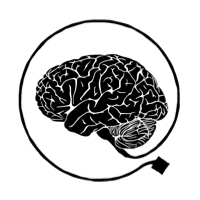Computational Modeling and Consciousness: Can Consciousness Science Move Forward without the Metaphysics?
By Mona-Marie Wandrey and Marta Halina, Department of History and Philosophy of Science, University of Cambridge (See all the posts in this series here.) We regard the proposal advanced by Will Bridewell and Alistair Isaac as a unique and promising methodological framework for advancing empirical progress in consciousness science. The …


